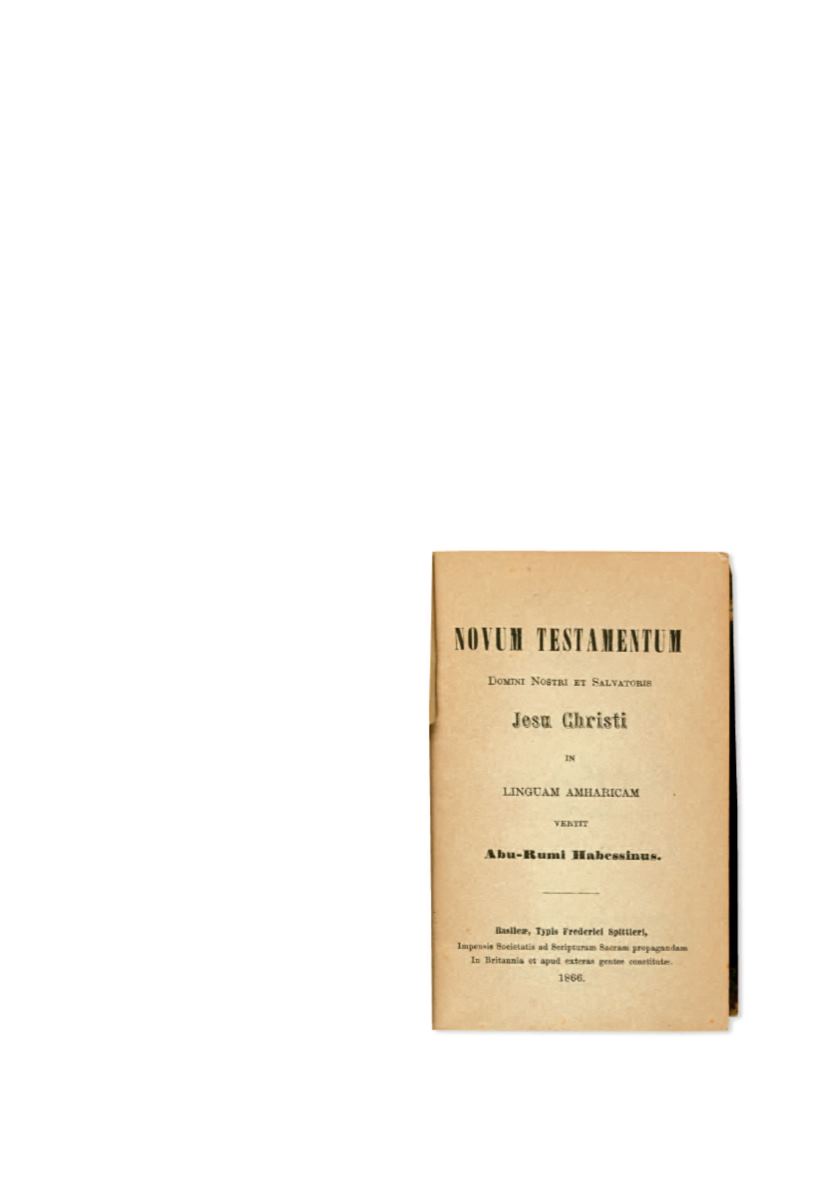

125
●
(AFRICA.) BRITISH RULE.
Asafo “flag,” symbolizing the end of British
rule in Africa. [?]
Wine-red flag with white and blue border, 40x60 inches; a native
African points something at a small British flag in upper left corner, the flag emits a series
of white stars, falling down in an arc to a seemingly explosive golden star on the bottom.
Polished cotton and linen; a couple of tiny holes.
West Africa, circa 1940’s to early 1950’s
[2,500/3,500]
An especially nice example of an Asafo flag, typical of the Fante people of the coast of west Africa,
once the site of the slave markets of the 18th and 19th centuries.
Asafo flags, or “banners,” have a long and rich tradition among the Fante people of Ghana. Known
for their wonderful textiles, the Fante people’s flags incorporate a great many symbols that are drawn
from the rich West African “Adinkra” tradition. These flags originally represented tribal militias or
“societies” that included both men and women among their ranks. Each flag’s design has a counterpart
in some specific folkloric saying, for example, “the drum makes a loud noise because it is empty.” The
present example with the elephant and the British “Union Jack” probably refers to something to do
with wisdom and strength, two of the prime qualities of the elephant, as opposed to the symbol of the
Colonial power with falling stars. Provenance: Merton Simpson Gallery to the consignor.
126
126
●
(AFRICA—MISSIONS.) BIBLE.
Novum Testamentum Domini Nostri
Salvadoris Jesu Christi, in Linguam
Amharicum.
Title in Amharic and sepa-
rate title in English, approximately 650
unnumbered pages. Small, fat 8vo, each
book of the Testament with separate title
page. Original blind-stamped reddish
brown leather, front cover partially
detached; chip to the spine; some wear to
the edges, internally clean.
Basel: Frederick Spitler, 1866
[800/1,200]
PROBABLE SECOND EDITION OF THE NEW
TESTAMENT IN
A
MHARIC
.
While the Bible
was translated into Ge’ez as early as the fourth
century, translations into the more commonly
spoken Amharic did not appear until the nine-
teenth century. The first translation was done
by Abu Rumi, and the French Consul, Jean-
Louis Asselin de Cherville. The present edition
is the Rumi/Cherville translation.









